10M02SCU169C8G: Key advantages, Datasheet, Features and Configuration
FPGAs MAX® 10 Series 169-LFBGA 169
10M02SCU169C8G is an integrated circuit. This article mainly introduces electrical characteristics, switching characteristics, and more details about 10M02SCU169C8G.
- 10M02SCU169C8G Description
- Key advantages of 10M02SCU169C8G
- 10M02SCU169C8G CAD Model
- Specifications
- 10M02SCU169C8G Features
- 10M02SCU169C8G Configuration
- Recommended Operating Conditions
- 10M02SCU169C8G Pin Capacitance
- 10M02SCU169C8G JTAG Timing Parameters
- 10M02SCU169C8G Programmable IOE Delay
- 10M02SCU169C8G Package
10M02SCU169C8G Description
10M02SCU169C8G revolutionizes non-volatile integration by delivering advanced processing capabilities in a low-cost, instant-on, small form factor programmable logic device. With early access to Quartus® II (BETA) software and documentation, customers can compile and run timing analyses for an accelerated path to market.
Key advantages of 10M02SCU169C8G
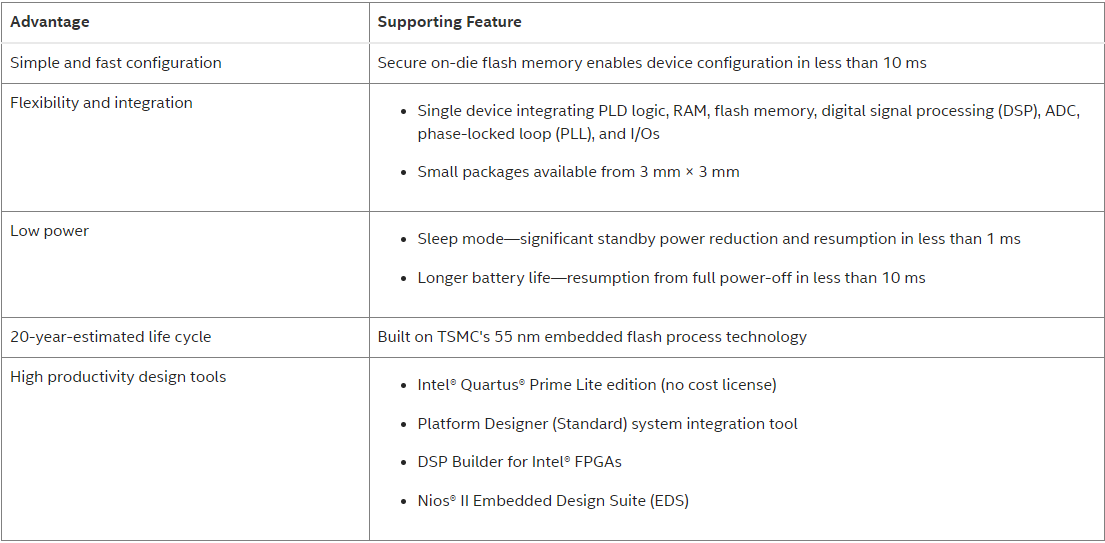
Key advantages of 10M02SCU169C8G
10M02SCU169C8G CAD Model

10M02SCU169C8G Symbol
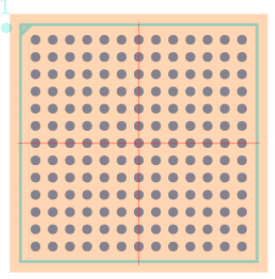
10M02SCU169C8G Footprint
Specifications
- TypeParameter
- Factory Lead Time8 Weeks
- Mounting Type
The "Mounting Type" in electronic components refers to the method used to attach or connect a component to a circuit board or other substrate, such as through-hole, surface-mount, or panel mount.
Surface Mount - Package / Case
refers to the protective housing that encases an electronic component, providing mechanical support, electrical connections, and thermal management.
169-LFBGA - Surface Mount
having leads that are designed to be soldered on the side of a circuit board that the body of the component is mounted on.
YES - Number of I/Os130
- Operating Temperature
The operating temperature is the range of ambient temperature within which a power supply, or any other electrical equipment, operate in. This ranges from a minimum operating temperature, to a peak or maximum operating temperature, outside which, the power supply may fail.
0°C~85°C TJ - Packaging
Semiconductor package is a carrier / shell used to contain and cover one or more semiconductor components or integrated circuits. The material of the shell can be metal, plastic, glass or ceramic.
Tray - Series
In electronic components, the "Series" refers to a group of products that share similar characteristics, designs, or functionalities, often produced by the same manufacturer. These components within a series typically have common specifications but may vary in terms of voltage, power, or packaging to meet different application needs. The series name helps identify and differentiate between various product lines within a manufacturer's catalog.
MAX® 10 - Part Status
Parts can have many statuses as they progress through the configuration, analysis, review, and approval stages.
Active - Moisture Sensitivity Level (MSL)
Moisture Sensitivity Level (MSL) is a standardized rating that indicates the susceptibility of electronic components, particularly semiconductors, to moisture-induced damage during storage and the soldering process, defining the allowable exposure time to ambient conditions before they require special handling or baking to prevent failures
3 (168 Hours) - Number of Terminations169
- HTS Code
HTS (Harmonized Tariff Schedule) codes are product classification codes between 8-1 digits. The first six digits are an HS code, and the countries of import assign the subsequent digits to provide additional classification. U.S. HTS codes are 1 digits and are administered by the U.S. International Trade Commission.
8542.39.00.01 - Voltage - Supply
Voltage - Supply refers to the range of voltage levels that an electronic component or circuit is designed to operate with. It indicates the minimum and maximum supply voltage that can be applied for the device to function properly. Providing supply voltages outside this range can lead to malfunction, damage, or reduced performance. This parameter is critical for ensuring compatibility between different components in a circuit.
2.85V~3.465V - Terminal Position
In electronic components, the term "Terminal Position" refers to the physical location of the connection points on the component where external electrical connections can be made. These connection points, known as terminals, are typically used to attach wires, leads, or other components to the main body of the electronic component. The terminal position is important for ensuring proper connectivity and functionality of the component within a circuit. It is often specified in technical datasheets or component specifications to help designers and engineers understand how to properly integrate the component into their circuit designs.
BOTTOM - Terminal Form
Occurring at or forming the end of a series, succession, or the like; closing; concluding.
BALL - Peak Reflow Temperature (Cel)
Peak Reflow Temperature (Cel) is a parameter that specifies the maximum temperature at which an electronic component can be exposed during the reflow soldering process. Reflow soldering is a common method used to attach electronic components to a circuit board. The Peak Reflow Temperature is crucial because it ensures that the component is not damaged or degraded during the soldering process. Exceeding the specified Peak Reflow Temperature can lead to issues such as component failure, reduced performance, or even permanent damage to the component. It is important for manufacturers and assemblers to adhere to the recommended Peak Reflow Temperature to ensure the reliability and functionality of the electronic components.
NOT SPECIFIED - Time@Peak Reflow Temperature-Max (s)
Time@Peak Reflow Temperature-Max (s) refers to the maximum duration that an electronic component can be exposed to the peak reflow temperature during the soldering process, which is crucial for ensuring reliable solder joint formation without damaging the component.
NOT SPECIFIED - JESD-30 Code
JESD-30 Code refers to a standardized descriptive designation system established by JEDEC for semiconductor-device packages. This system provides a systematic method for generating designators that convey essential information about the package's physical characteristics, such as size and shape, which aids in component identification and selection. By using JESD-30 codes, manufacturers and engineers can ensure consistency and clarity in the specification of semiconductor packages across various applications and industries.
S-PBGA-B169 - Programmable Logic Type
Generally, programmable logic devices can be described as being one of three different types: Simple programmable logic devices (SPLD) Complex programmable logic devices (CPLD) Field programmable logic devices (FPGA).
FIELD PROGRAMMABLE GATE ARRAY - Number of Logic Elements/Cells2000
- Total RAM Bits
Total RAM Bits refers to the total number of memory bits that can be stored in a Random Access Memory (RAM) component. RAM is a type of computer memory that allows data to be accessed in any random order, making it faster than other types of memory like hard drives. The total RAM bits indicate the capacity of the RAM chip to store data temporarily for quick access by the computer's processor. The more total RAM bits a component has, the more data it can store and process at any given time, leading to improved performance and multitasking capabilities.
110592 - Number of LABs/CLBs125
- RoHS Status
RoHS means “Restriction of Certain Hazardous Substances” in the “Hazardous Substances Directive” in electrical and electronic equipment.
RoHS Compliant
10M02SCU169C8G Features
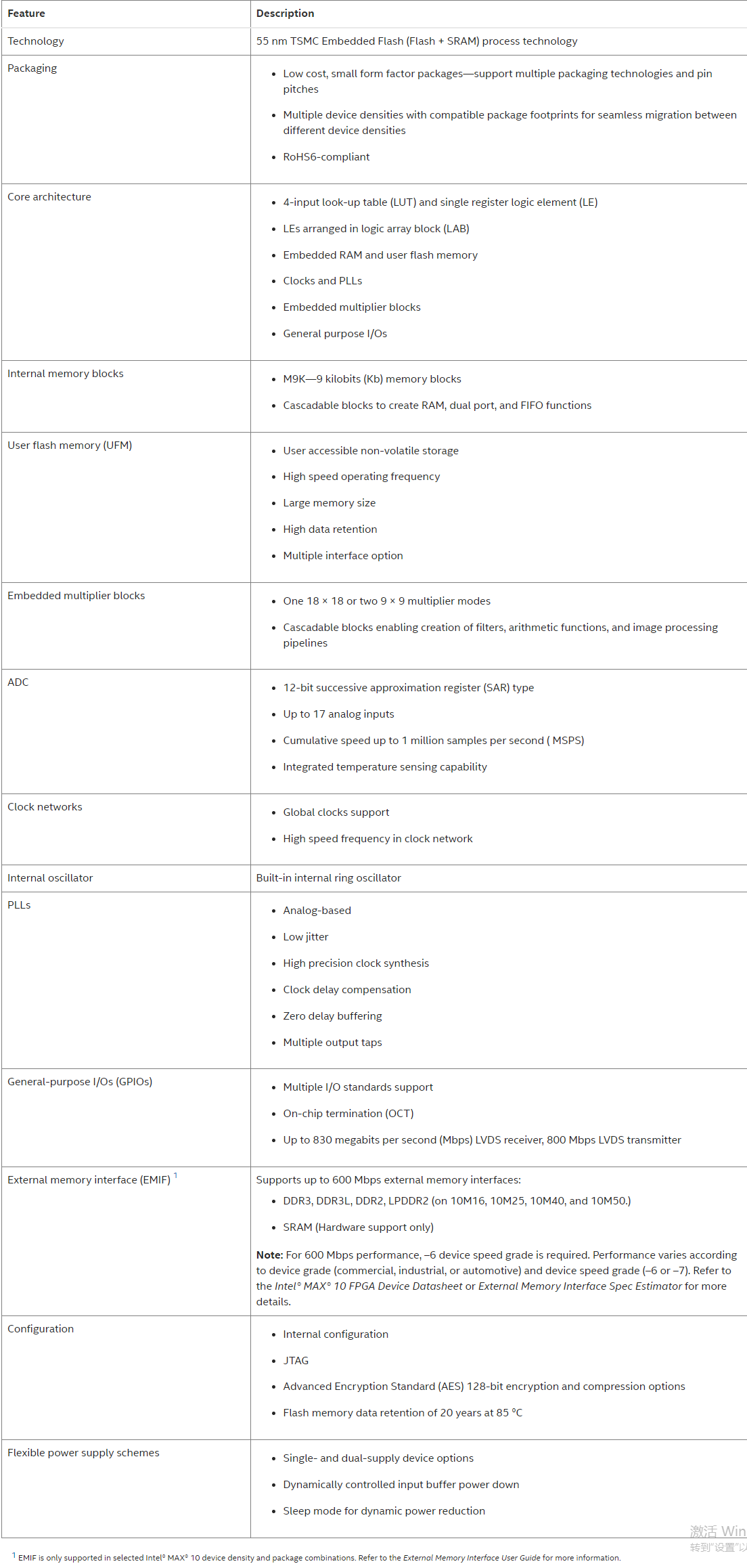
10M02SCU169C8G Features
10M02SCU169C8G Configuration
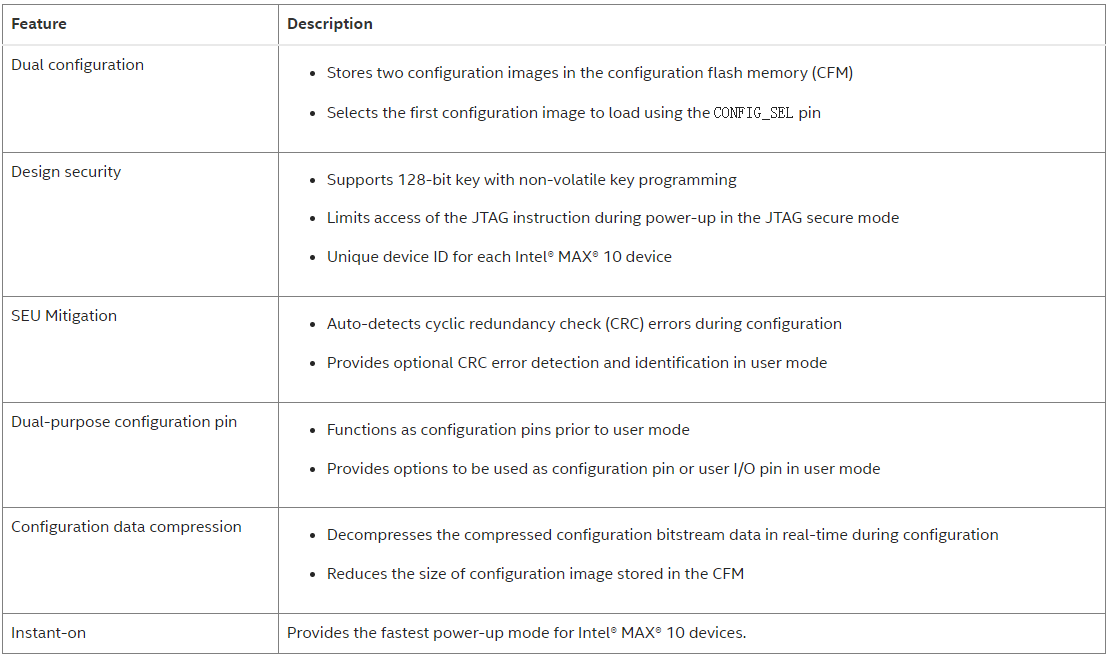
10M02SCU169C8G Configuration
Recommended Operating Conditions

Single Supply Devices Power Supplies

Dual Supply Devices Power Supplies
10M02SCU169C8G Pin Capacitance

10M02SCU169C8G JTAG Timing Parameters
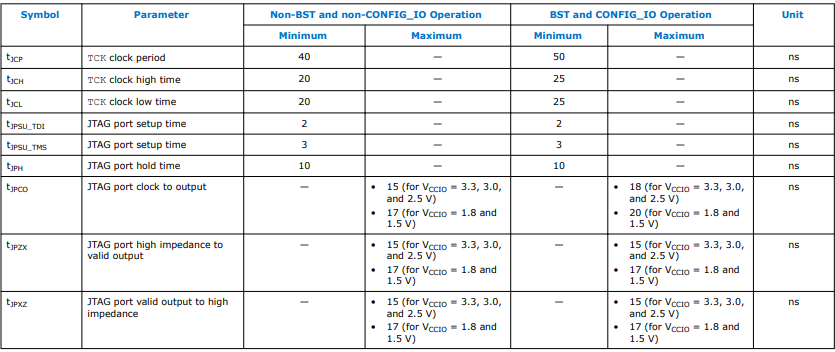
JTAG Timing Parameters
10M02SCU169C8G Programmable IOE Delay

Row Pins for 10M02SCU169C8G

Column Pins for 10M02SCU169C8G
10M02SCU169C8G Package
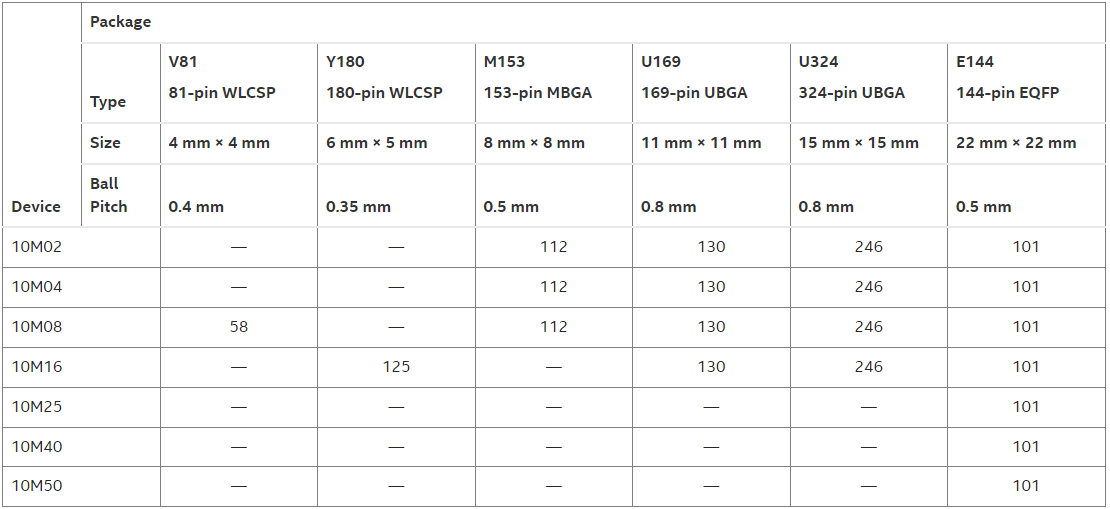
Single Power Supply Devices
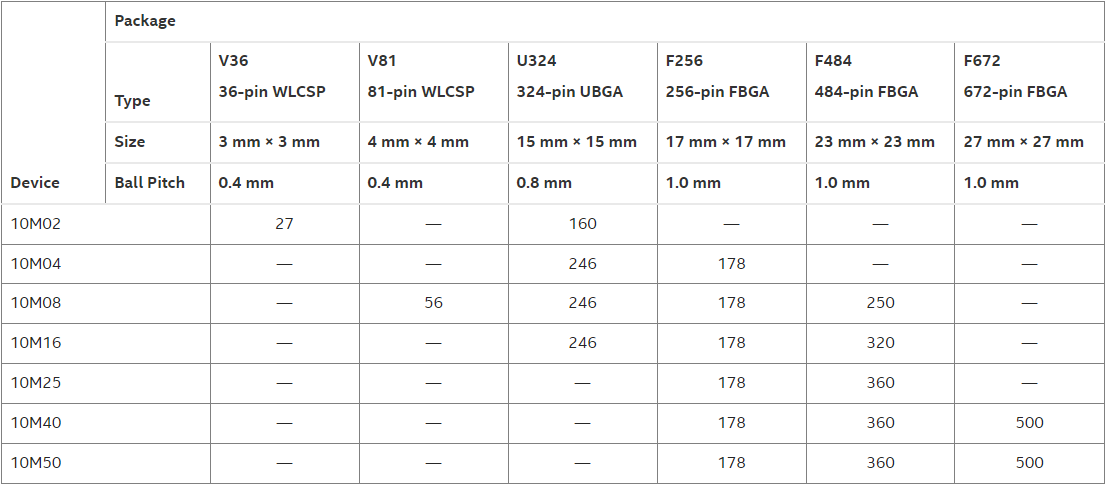
Dual Power Supply Devices
What’s the operation condition of 10M02SCU169C8G ?
To maintain the highest possible performance and reliability of the Intel MAX 10 devices, you must consider the operating requirements described in this section.
What’s the needed caution of the 10M02SCU169C8G ?
Conditions outside the range listed in the absolute maximum rating tables may cause permanent damage to the device.
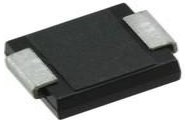 SS34 Diode : Replacement, Price and Datasheet
SS34 Diode : Replacement, Price and Datasheet06 August 202115790
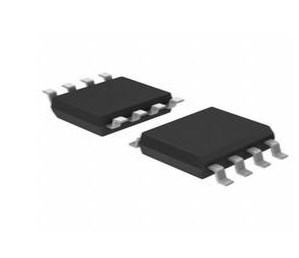 TL071CD Operational Amplifier: Pinout, Specification, and Datasheet
TL071CD Operational Amplifier: Pinout, Specification, and Datasheet16 August 20242620
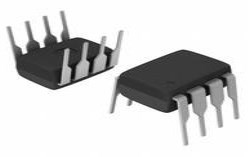 MCP2551 Transceiver: Circuits, Pinout, and Datasheet
MCP2551 Transceiver: Circuits, Pinout, and Datasheet22 December 20219733
 MC74HC4051A Analog Multiplexer: Pinout, Equivalent and Datasheet
MC74HC4051A Analog Multiplexer: Pinout, Equivalent and Datasheet14 February 20222851
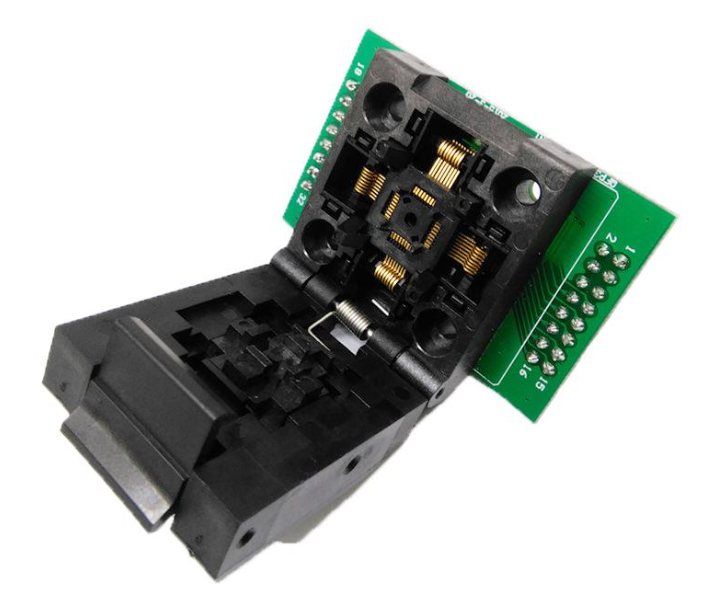 STM32F030K6T6: Features, Pinout and Datasheet
STM32F030K6T6: Features, Pinout and Datasheet18 October 20233954
 AON6414A 30V N-Channel MOSFET, Specifications and Equivalents
AON6414A 30V N-Channel MOSFET, Specifications and Equivalents16 February 20224711
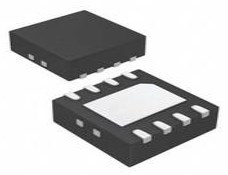 TPS2557DRBT Dual Timer IC: Features, Pinout, and Datasheet
TPS2557DRBT Dual Timer IC: Features, Pinout, and Datasheet15 April 20222150
![DB3 DIAC 36V 0.05mA 2-Pin DO-35[video]: Datasheet, Features, and Applications](https://res.utmel.com/Images/Article/3a7f1099-b47a-4f73-a691-bdaf9b8ced33.jpg) DB3 DIAC 36V 0.05mA 2-Pin DO-35[video]: Datasheet, Features, and Applications
DB3 DIAC 36V 0.05mA 2-Pin DO-35[video]: Datasheet, Features, and Applications11 March 20226231
 Introduction to Servo System
Introduction to Servo System08 September 202112936
 Samsung: 3nm Yield Rate of 20%
Samsung: 3nm Yield Rate of 20%19 April 20222954
 A Guide to Semiconductor IP Core
A Guide to Semiconductor IP Core18 January 20228735
 Diodes Tutorial: How to Test Diodes?
Diodes Tutorial: How to Test Diodes?22 October 20258866
 Volkswagen CFO: Chip Supply Shortage Will Continue Until 2024
Volkswagen CFO: Chip Supply Shortage Will Continue Until 202411 April 20223331
 Detailed Introduction of the Chip Design Process
Detailed Introduction of the Chip Design Process21 December 202116535
 DeepMind Building AI That Thinks Like a Baby May Help Build Computer Models With Human Minds
DeepMind Building AI That Thinks Like a Baby May Help Build Computer Models With Human Minds18 July 20221107
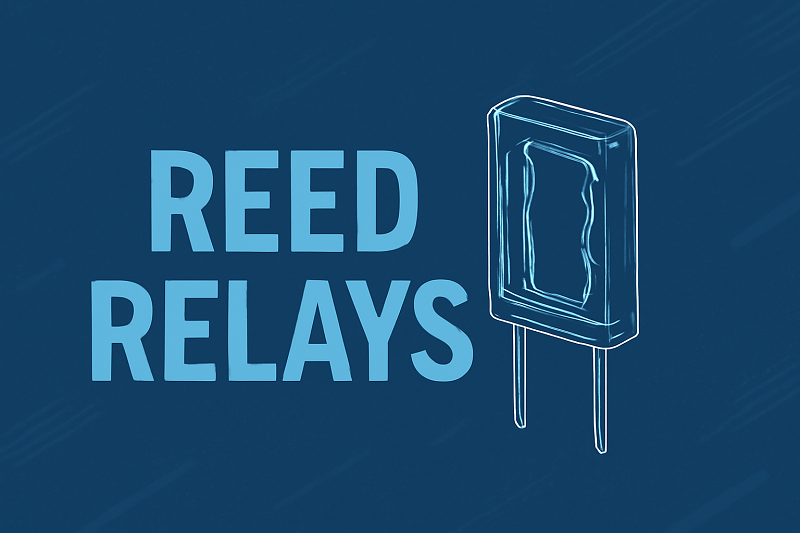 Reed Relays: 10 Key Applications in Modern Electronics
Reed Relays: 10 Key Applications in Modern Electronics04 July 2025588
Intel
In Stock: 1760
United States
China
Canada
Japan
Russia
Germany
United Kingdom
Singapore
Italy
Hong Kong(China)
Taiwan(China)
France
Korea
Mexico
Netherlands
Malaysia
Austria
Spain
Switzerland
Poland
Thailand
Vietnam
India
United Arab Emirates
Afghanistan
Åland Islands
Albania
Algeria
American Samoa
Andorra
Angola
Anguilla
Antigua & Barbuda
Argentina
Armenia
Aruba
Australia
Azerbaijan
Bahamas
Bahrain
Bangladesh
Barbados
Belarus
Belgium
Belize
Benin
Bermuda
Bhutan
Bolivia
Bonaire, Sint Eustatius and Saba
Bosnia & Herzegovina
Botswana
Brazil
British Indian Ocean Territory
British Virgin Islands
Brunei
Bulgaria
Burkina Faso
Burundi
Cabo Verde
Cambodia
Cameroon
Cayman Islands
Central African Republic
Chad
Chile
Christmas Island
Cocos (Keeling) Islands
Colombia
Comoros
Congo
Congo (DRC)
Cook Islands
Costa Rica
Côte d’Ivoire
Croatia
Cuba
Curaçao
Cyprus
Czechia
Denmark
Djibouti
Dominica
Dominican Republic
Ecuador
Egypt
El Salvador
Equatorial Guinea
Eritrea
Estonia
Eswatini
Ethiopia
Falkland Islands
Faroe Islands
Fiji
Finland
French Guiana
French Polynesia
Gabon
Gambia
Georgia
Ghana
Gibraltar
Greece
Greenland
Grenada
Guadeloupe
Guam
Guatemala
Guernsey
Guinea
Guinea-Bissau
Guyana
Haiti
Honduras
Hungary
Iceland
Indonesia
Iran
Iraq
Ireland
Isle of Man
Israel
Jamaica
Jersey
Jordan
Kazakhstan
Kenya
Kiribati
Kosovo
Kuwait
Kyrgyzstan
Laos
Latvia
Lebanon
Lesotho
Liberia
Libya
Liechtenstein
Lithuania
Luxembourg
Macao(China)
Madagascar
Malawi
Maldives
Mali
Malta
Marshall Islands
Martinique
Mauritania
Mauritius
Mayotte
Micronesia
Moldova
Monaco
Mongolia
Montenegro
Montserrat
Morocco
Mozambique
Myanmar
Namibia
Nauru
Nepal
New Caledonia
New Zealand
Nicaragua
Niger
Nigeria
Niue
Norfolk Island
North Korea
North Macedonia
Northern Mariana Islands
Norway
Oman
Pakistan
Palau
Palestinian Authority
Panama
Papua New Guinea
Paraguay
Peru
Philippines
Pitcairn Islands
Portugal
Puerto Rico
Qatar
Réunion
Romania
Rwanda
Samoa
San Marino
São Tomé & Príncipe
Saudi Arabia
Senegal
Serbia
Seychelles
Sierra Leone
Sint Maarten
Slovakia
Slovenia
Solomon Islands
Somalia
South Africa
South Sudan
Sri Lanka
St Helena, Ascension, Tristan da Cunha
St. Barthélemy
St. Kitts & Nevis
St. Lucia
St. Martin
St. Pierre & Miquelon
St. Vincent & Grenadines
Sudan
Suriname
Svalbard & Jan Mayen
Sweden
Syria
Tajikistan
Tanzania
Timor-Leste
Togo
Tokelau
Tonga
Trinidad & Tobago
Tunisia
Turkey
Turkmenistan
Turks & Caicos Islands
Tuvalu
U.S. Outlying Islands
U.S. Virgin Islands
Uganda
Ukraine
Uruguay
Uzbekistan
Vanuatu
Vatican City
Venezuela
Wallis & Futuna
Yemen
Zambia
Zimbabwe















